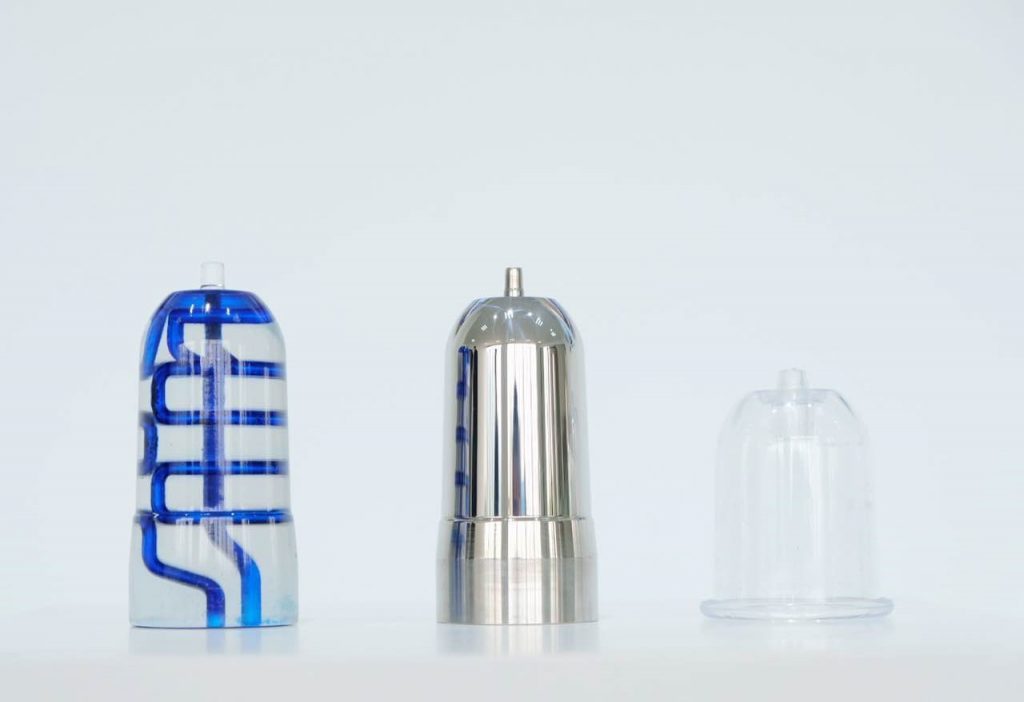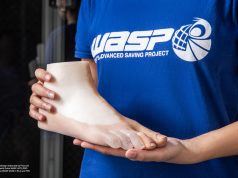A cupping manufacturer used Eplus3D EP-M260 SLM 3D printer to produce metal molds with conformal cooling channels, in order to improve the quality of final cuppings and injection efficiency.
Case background: Injection molding, the most widely used industrial production mode, is mainly applied to mass production of plastic and rubber parts. With increasing demands on the quality of final injection molding products, the requirements for injection molds such as heat dissipation and filling speed also get higher. While the traditional CNC technique has many limitations, metal 3D printing technology is able to manufacture the injection mold with conformal cooling channels, improving the heat dissipation and injection efficiency.
Customer requirements:
- Increase transparency of the cupping.
- Reduce weight of the cupping.
- Improve the efficiency of injection molding.
The cupping mold produced via traditional CNC technique can only process vertical cooling channels. Although the diameter of cooling channel is up to 20mm, it cannot cool the molds efficiently, which leads to low transparency of final injection parts and low injection efficiency.
Metal 3D-printed molds
To manufacture the cupping via metal 3D printing technique, it can easily produce complicated conformal cooling channels according to molds‘ shapes and engineers’ requirements. Through computer simulation tests, the temperature of 3D printed molds with conformal channels is 74℃ lower than molds with traditional channels.
When cooling the cuppings for 15 seconds, the final cuppings were 60℃ lower than those produced by traditional molds, and cooling efficiency increased by 60%. Meanwhile, it only takes 16.63s for the final cuppings to reach the ejection temperature. Compared to the traditional molds that require 22.97 seconds, the time was reduced by more than 6 seconds and the injection efficiency was increased by about 26%.
Conclusion
The cooldown time of 3D printed metal molds decreases by 26% compared to traditional molds, and the temperature reduces by 60%.
The temperature difference of conformal cooling channels between mold inlet and outlet through 3D printed metal molds is at most 5℃, which meets the design requirements of channels. The pressure is 0.3Mpa that meets the requirements of general mold temperature controllers without any stagnation, eddy current, backflow and so on.
To summarize, 3D printed metal molds with conformal cooling channels cannot only meet the requirements of injection molding process but only have more performance advantages over traditional molds, improving the injection efficiency as well as the quality of the final injection molding products.
For more information, please visit www.eplus3d.com.
Subscribe to our Newsletter
3DPResso is a weekly newsletter that links to the most exciting global stories from the 3D printing and additive manufacturing industry.























